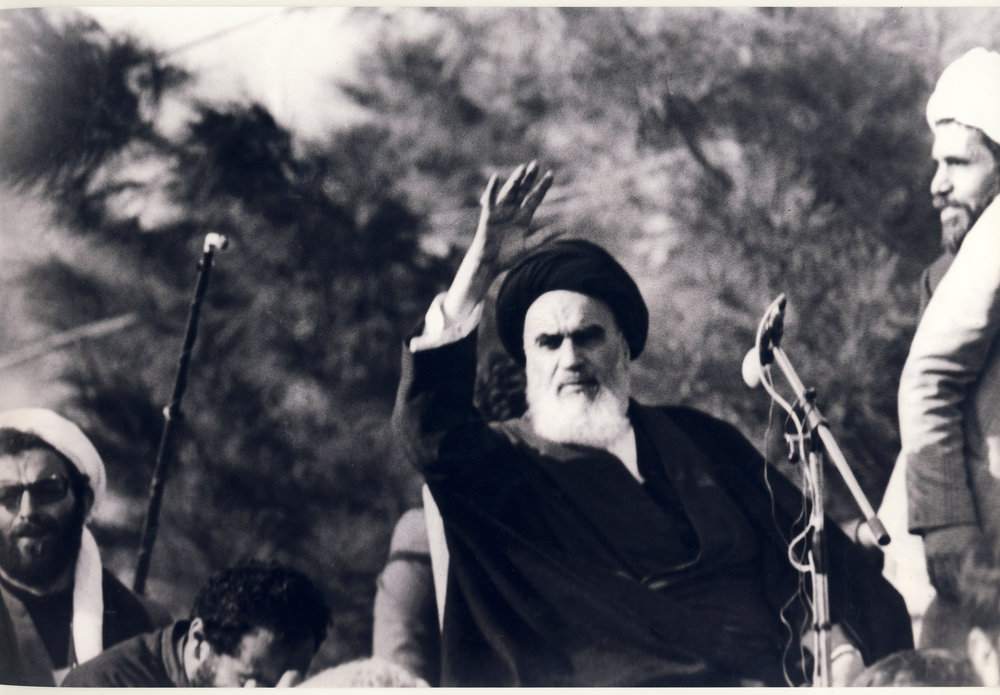By Sebastián Salgado

CARACAS - There are very few reports on the Islamic Revolution in Iran in the Western media and what springs to mind is the movie Argo on the Iran hostage crisis in 1979.
The movie, directed and starred in by Ben Afleck, portrays hundreds of Iranian revolutionary students climbing over the wall of the U.S. embassy in Tehran with photos of Ayatollah Khomeini in hand. They seized the “US Den of Espionage”, as it was dubbed, where Shah Pahlavi received instructions from the U.S., puppet that he literally was. Just like any other Hollywood production, the movie mostly demonizes the people’s movement that stood against Washington.
Getting the full picture of what happened in Iran in 1979 is quite difficult. Our imaginative view of a Latin American revolution in which protesters are dressed in military uniforms fades away quickly. It was a fight against a dictator in this region of the world and not guerrilla warfare.
The Islamic Revolution offered a new element: Faith. Words had more value than guns.
The duty of Muslims was to rise up against oppression. The exile of Imam Khomeini only spread his peace message across the entire world. He urged the revolutionaries not to confront the soldiers of the Shah as he considered them part of the people, even though they were in control of the regime. At the rally, people handed soldiers flowers.
Imagine a photo portraying a military guy receiving a flower as a loving gesture. As they say, a picture is worth a thousand words. There is no way to confront people who are willing to sacrifice for their faith and demand changes in the political system.
The torture method in Shah’s time was like the Videla in Argentina. (Waterboarding, the picana electrica, and other methods). I visited the Towhid Prison (Iran Ebrat Museum), putting abuses under the Shah on display, in Tehran, and felt that I was in the former ESMA, (the School of Mechanics of the Navy's Clandestine Detention Center.) Pictures of missing people hang on the walls and many survivors of that time are part of the Iranian government now.
Over the course of eight years, U.S. ally Saddam Hussein attacked Iran, but he did not realize that these peace-loving people, at the same time, were proud to become martyrs and would sacrifice their lives for the revolution. In the Sacred Defense (the Iran-Iraq war), there were more volunteers than weapons. Over a million people died in the war.
Iran is celebrating the 40th anniversary of the Islamic Revolution, a living movement that is reinforced in spite of foreign attacks and financial sanctions, and the revolution has transferred Iranians to world leaders in a variety of technological and scientific fields, such as nano-technology and peaceful nuclear industry.

No comments:
Post a Comment